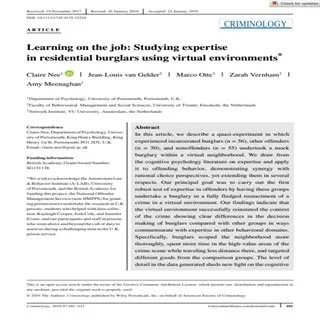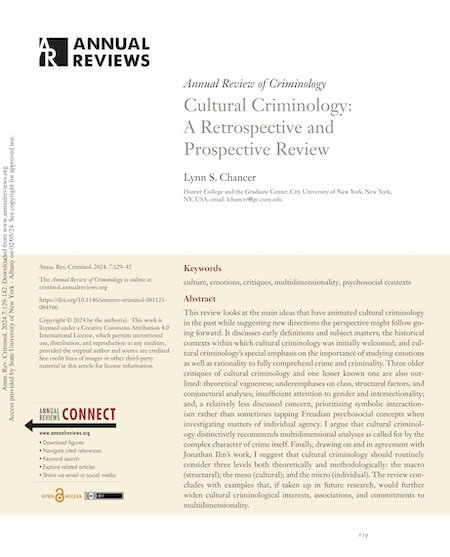By Matt DeLisi, John Paul Wright, Rafael A. Mangual
Among many criminologists, advocates, and policymakers, it is an article of faith that the socioeconomic “root causes” of serious crime must be addressed in order to reduce lawbreaking. However, the enormous crime declines over the course of the late 1990s and early 2000s occurred without significant improvements in socioeconomic conditions. Even so, academics, policymakers, and criminal-justice advocates continue to insist that poverty drives offending rates and that it is thus essential for society to target poverty through increased social and capital investments. This paper explores a phenomenon that contradicts that claim—and, in fact, indicates that creating a system with enforced rules and consequences for lawbreaking is key to reducing crime. We call this: “crime as entitlement.” In the psychological literature, “entitlement” is a term that essentially refers to a frame of mind that prioritizes the whims, wants, and needs of the individual above the rights, desires, and needs of others. Entitlement thinking goes beyond normal selfishness because it elevates the belief that one is deserving of special treatment, unearned privileges, and respect—independent of effort. The consequences of entitlement thinking are devastating. Entitlement thinking divorces individuals from personal responsibility; it impedes recognition of the consequences that stem from the individual’s behavior; and it leads the individual to view wants and desires as rights whose pursuit is beyond reproach. The manifestation of entitlement in individual behavior is common—indeed, nearly universal— across humanity in early childhood. This is something to which anyone who has witnessed a toddler’s temper tantrum can attest. For most of us, entitlement is resolved early on in life, as the result of parenting, discipline, and the internalization of behavioral consequences. But for those whose self-absorption and self-centeredness remain unchecked, entitlement metastasizes, which can lead to imprudent and antisocial behavior. Over time, unchecked entitlement can breed arrogant self-indulgence and become foundational to conduct and personality disorders. The psychiatric and psychological science of entitlement is well established and far-reaching in its application. In the most recent edition of the Diagnostic and Statistical Manual of Mental Disorders, entitlement is defined as “unreasonable expectations of especially favorable treatment or automatic compliance with his or her expectations” and is one of the diagnostic criteria for narcissistic personality disorder—a condition involving pervasive grandiosity, need for admiration, and lack of empathy. Entitlement is an active ingredient in personality pathology where the exploitation and victimization of others are as essential to one’s daily needs as food and shelter. While entitlement does not always present itself in the form of criminal conduct, many criminal offenders—whose offending behavior ranges from disorderly conduct and confidence scheming to sexual predation and homicide—share commonalities in their mind-sets, their behavioral expectations, and their preferred responses to their own behavior. Those mind-sets and expectations, which are expounded on below, reveal entitlement as an important, yet underexplored, driver of a significant amount of criminal behavior. In his book Inside the Criminal Mind, Dr. Stanton Samenow argues: “Behavior is a product of thinking, and so it is incumbent upon anyone formulating policy or working with offenders to understand how criminals think.” To that end, we first explain the role of entitlement in criminal thinking patterns and, by extension, criminal behavior; and, second, we explore the policy implications of crime as entitlement.
New York: Manhattan Institute, 2022. 9p.





















